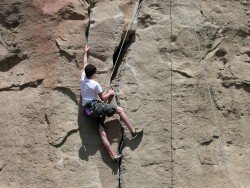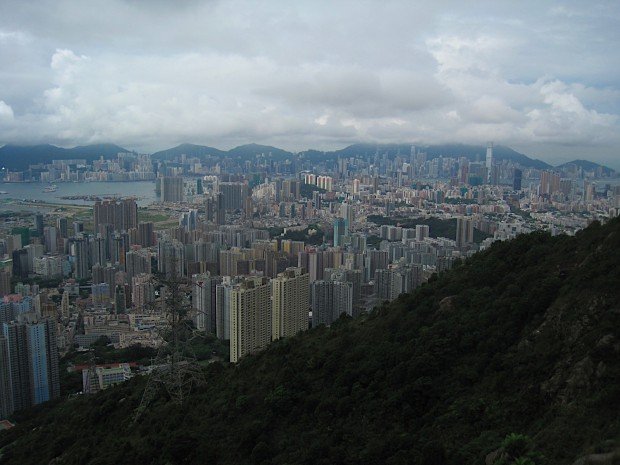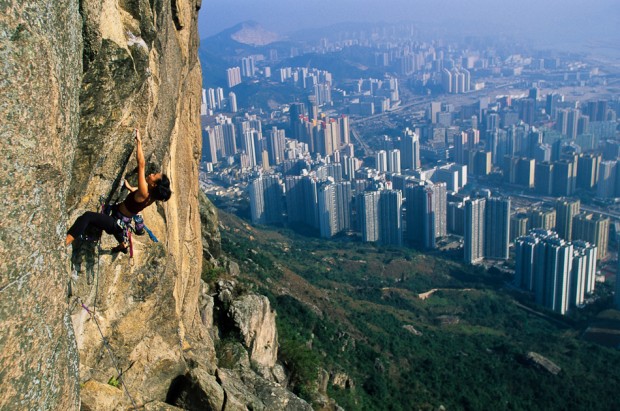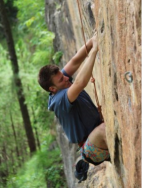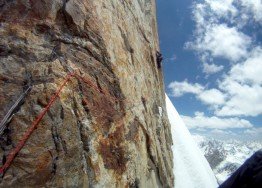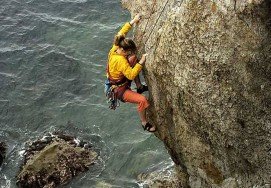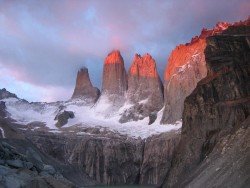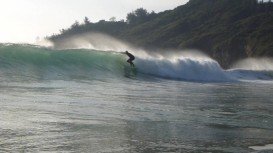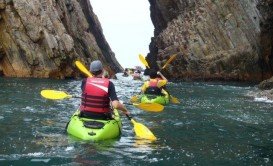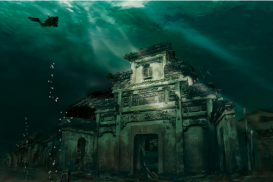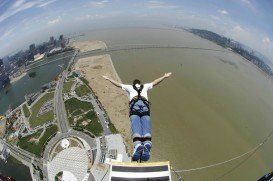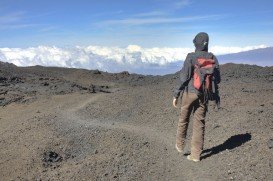Hong Kong or else the "Asia's World City" is a unique city, located on the south coast of China and enclosed by the South China Sea and the Pearl River Delta. Build on the fountains of an ancient civilisation and influenced by the west culture, as it was until recently a British colony, Hong Kong is an amazing intersection of cultures, modern architecture, fine dining and vibrant art events, as well as one of the world's leading financial centers.
As it is mainly mountainous, Hong Kong boasts a wide variety of attractions for those who want to discover what lies outside the noisy city, with many nature reserves and parks, beaches, bays and rivers and many more places that are worth exploring. Rock climbing is an upcoming activity in Hong Kong and is rapidly gaining reputation among the rock climbing fans.
Situated right above the city’s central district, Central Crag is a recently developed climbing area that offers many exciting climbing routes, with good quality rock and a maximum altitude of 1036 ft/316 m. In order to approach the crags, park your car at the end of Peak Road and then hike for about 20mins through a steep footpath that leads you at the bottom of a fixed line and onto Soho Crag and the cliffs above it.
There are six different main routes open for climbers, which include many climbing options in several spots. Suitable for all skill level climbers and with routes that vary from grade 4 to 7+, the Central Crag is perfect for those who are into sport and trad climbing, as well as bouldering. Once you reach the highest cliff, you will be rewarded with incredible views of all the iconic buildings of Hong Kong.
Because of the humid subtropical climate, influenced by the monsoons, summers are hot and humid with frequent thunderstorms and typhoons and the temperature exceeds 30 °C/86 °F during the day, while winter is cool and mild with an average temperature of 19 °C/66 °F, thus making climbing possible all year round. However, it is best to avoid the hot sun and the rainy days. Keep in mind that due to the high humidity, the crags are almost always wet and slippery.
